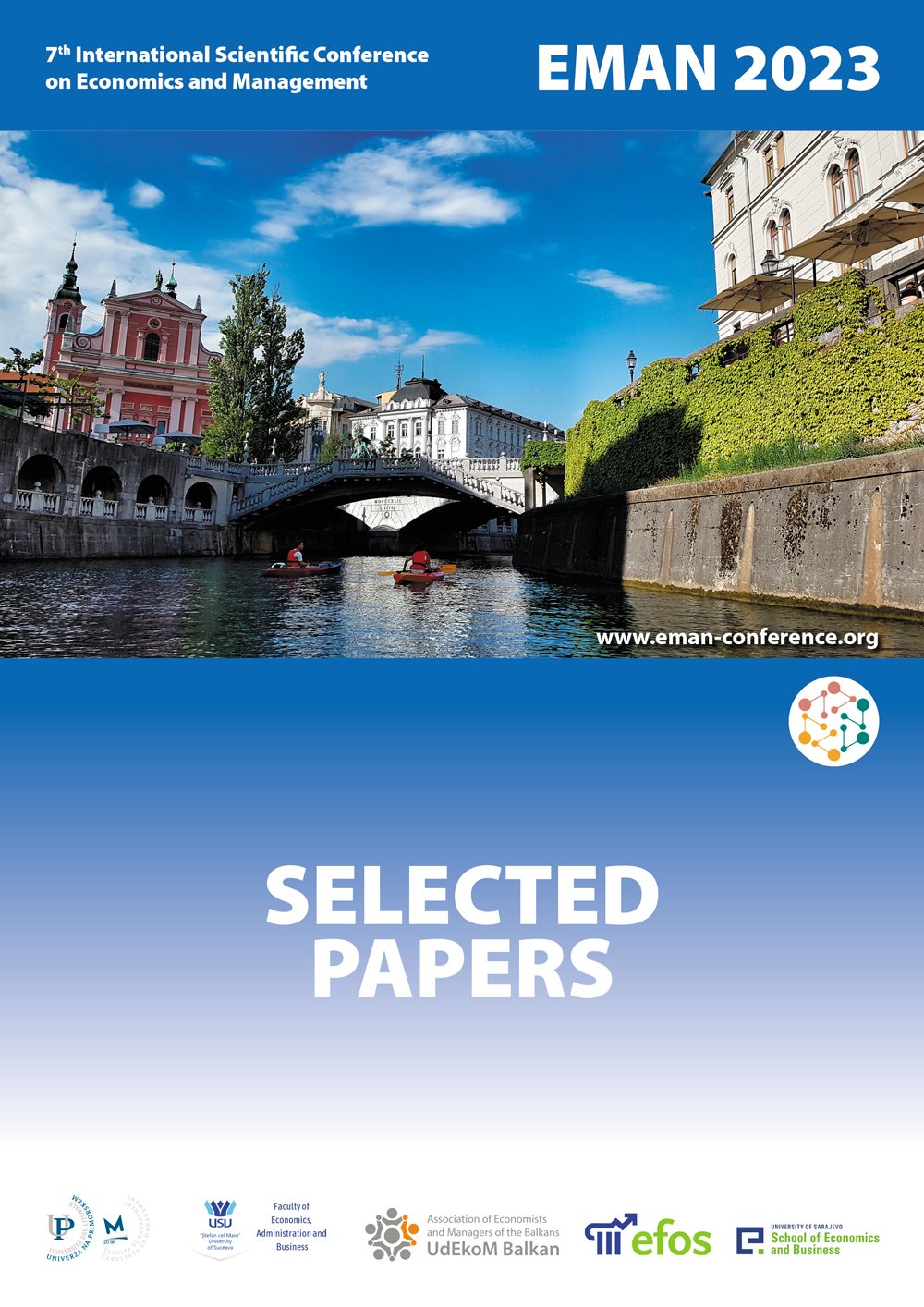Do the NMS-10 Develop Sustainably in the EU? A Kuznets Curve Approach
Do the NMS-10 Develop Sustainably in the EU? A Kuznets Curve Approach
Author(s): Ivan Todorov, Mariya Stankova
Subject(s): Social Sciences, Economy
Published by: Udruženje ekonomista i menadžera Balkana
Keywords: NMS-10; Sustainable development; Kuznets curve
Summary/Abstract: Research background: Sustainable development with its three dimensions (economic, social, and ecological) is of key importance to the existence of human civilization. Sustainability is a complex category and in this research, each of its components is analyzed separately and in connection with others. Economic stability is related to the level of real income per capita, indicating the standard of living of a nation; social resilience is shown by income inequality, and environmental sustainability is expressed by the amount of greenhouse gas emissions per person. Purpose of the article: The focus is on the empirical analysis of the nexuses between income inequality, environmental quality, and purchasing power with a view to sustainability in 10 European Union member countries from Central and Eastern Europe, known as the NMS-10. To achieve its purpose, the study derives the original and ecological Kuznets curve for the NMS-10 as a group. The links between income inequality and living standard, on the one hand, and environmental degradation and living standard, on the other hand, are estimated. Methods: The research methodology includes two autoregressions with distributed lag (ARDL) with annual data from Eurostat and Transparency International for the period 2007–2020. Findings & Value added: The obtained empirical results indicate a long-term N-shaped relationship between income inequality and purchasing power in the NMS-10, while living standard affects the quality of the environment in NMS-10 neither in the long term nor in the short term.
Book: EMAN 2023 – Economics & Management: How to Cope with Disrupted Times - SELECTED PAPERS
- Page Range: 91-104
- Page Count: 14
- Publication Year: 2023
- Language: English
- Content File-PDF

